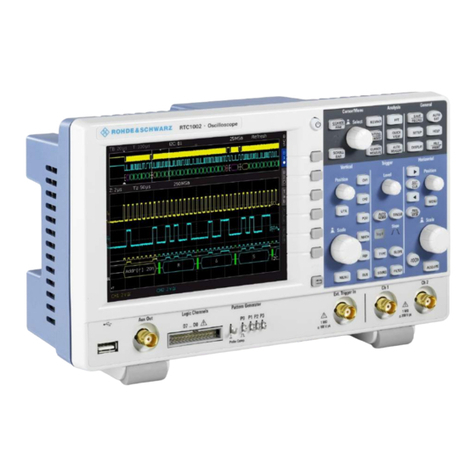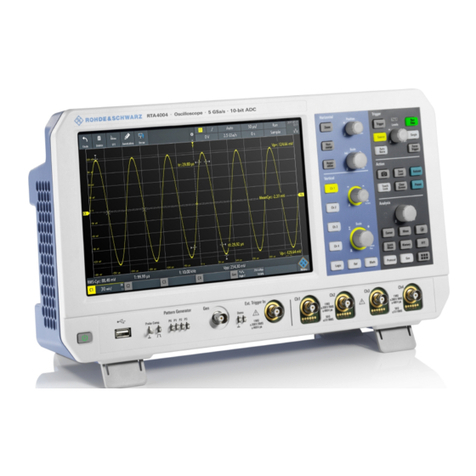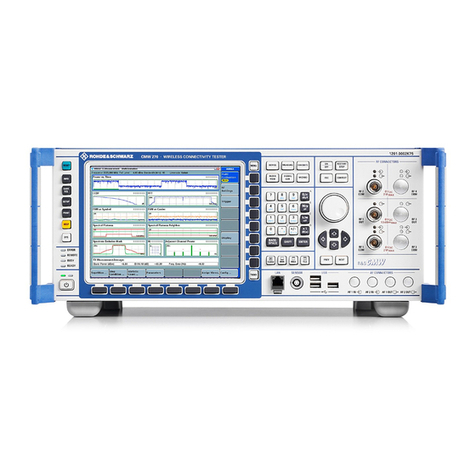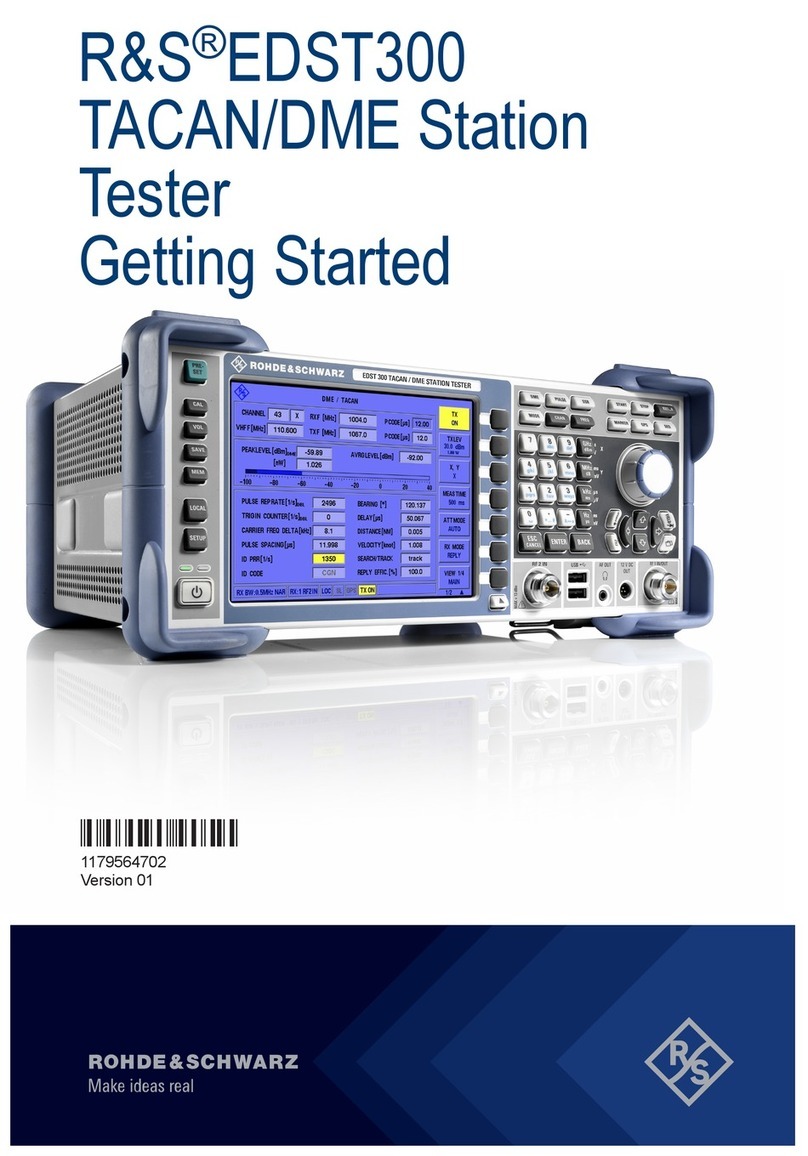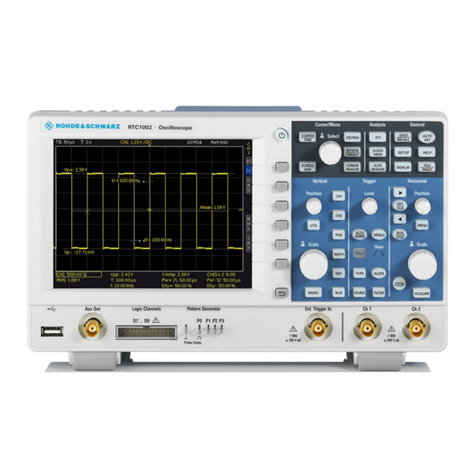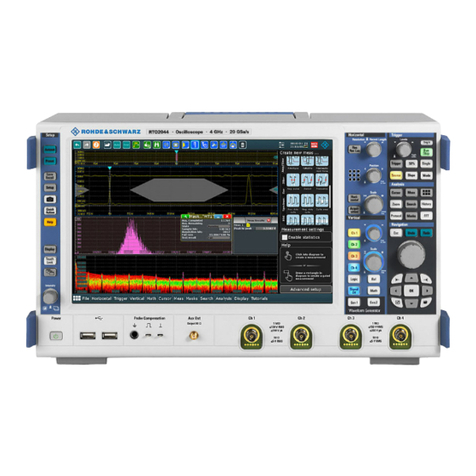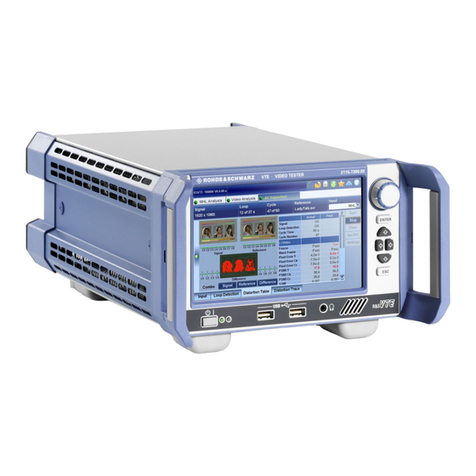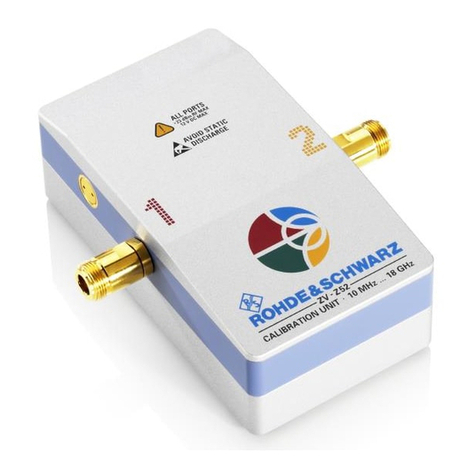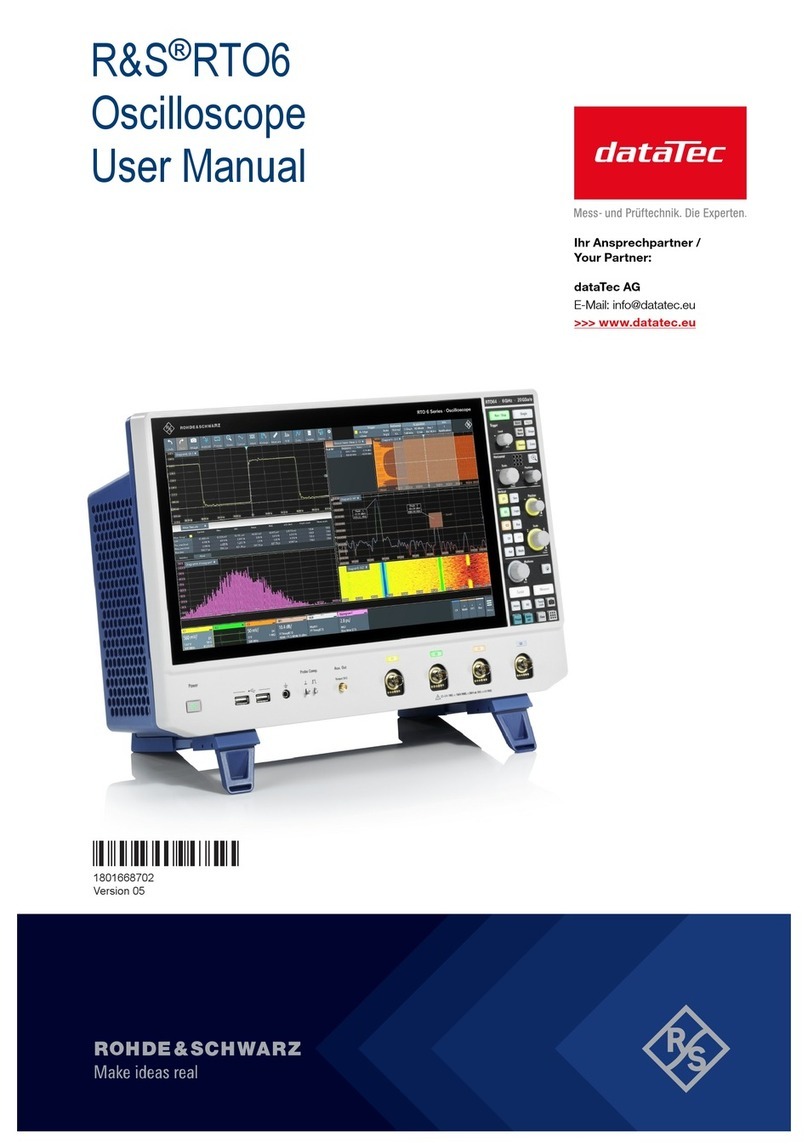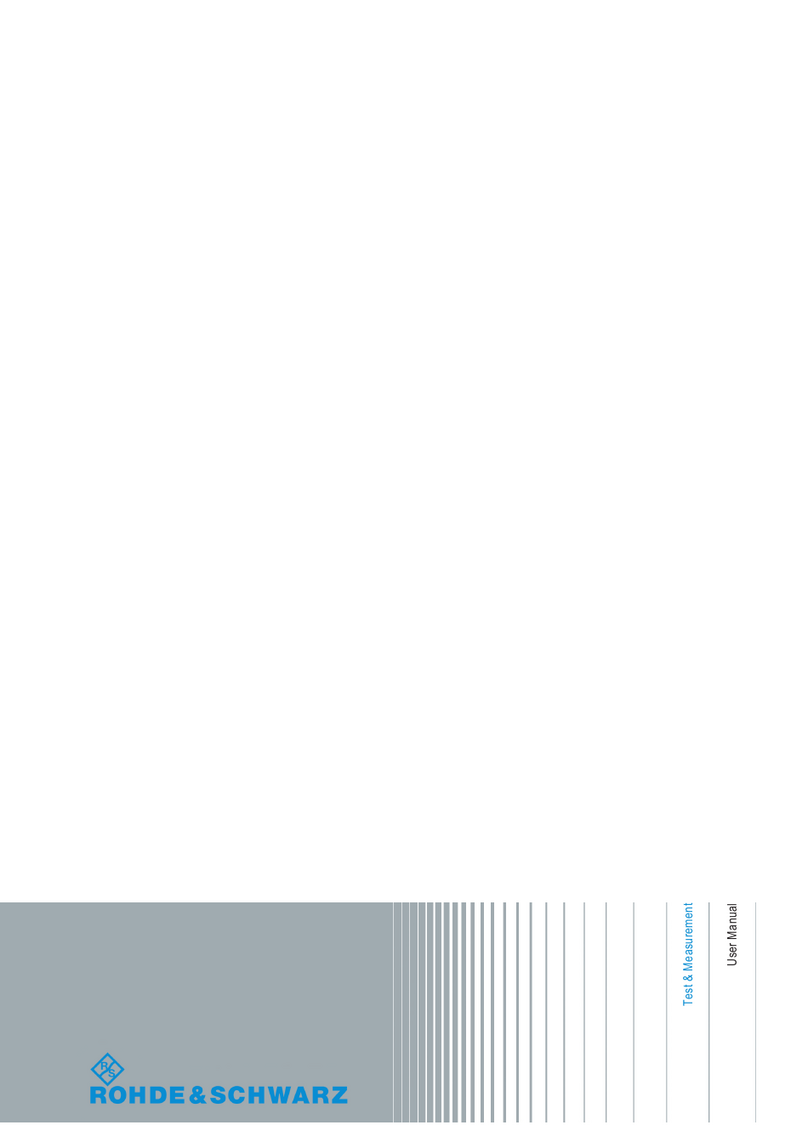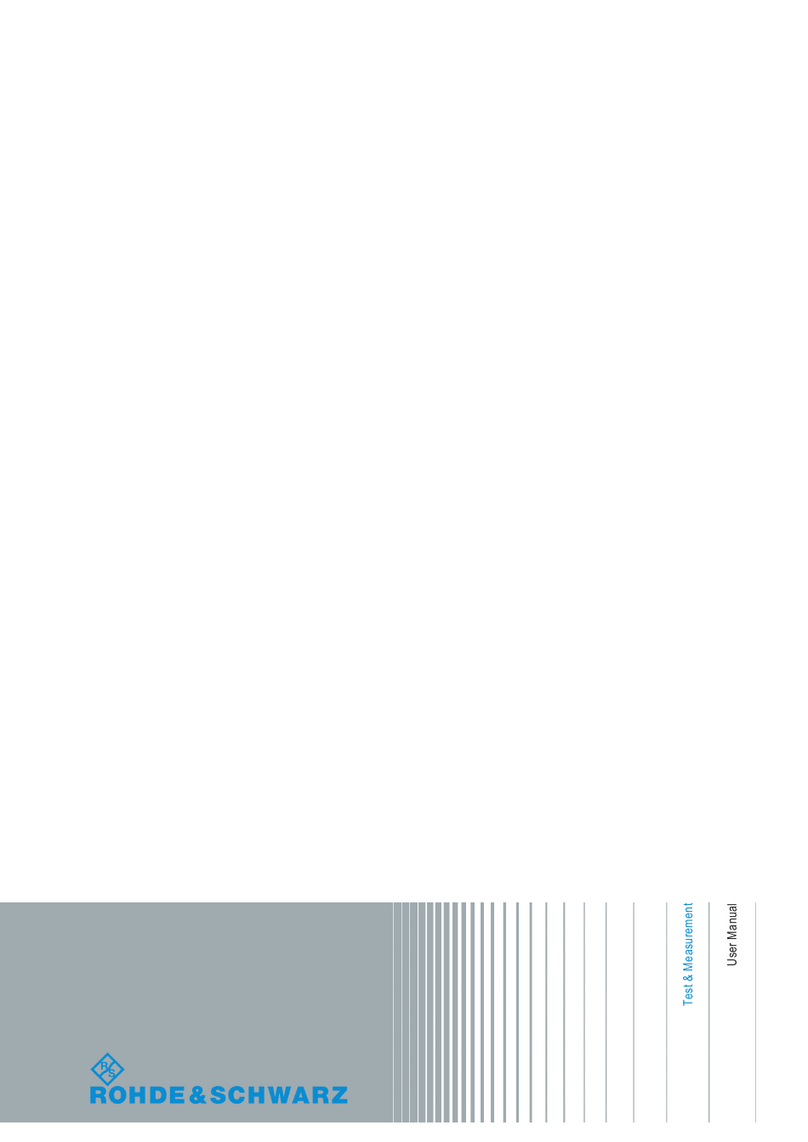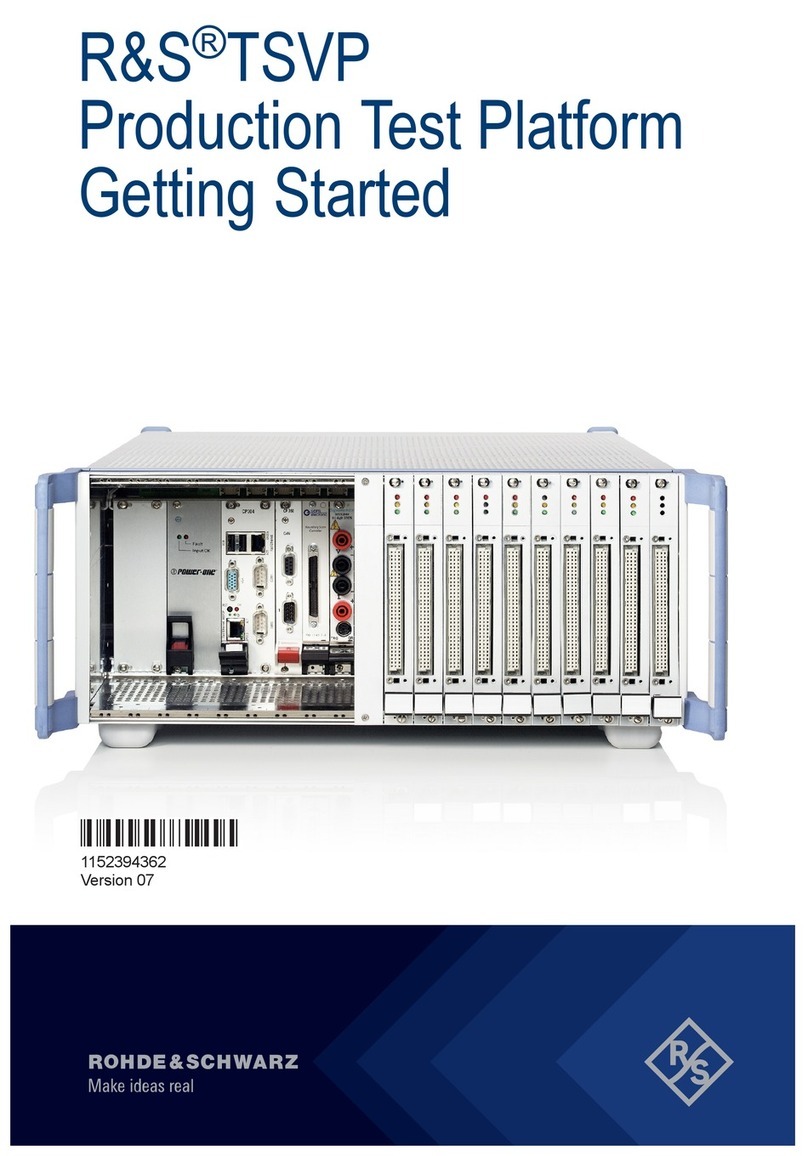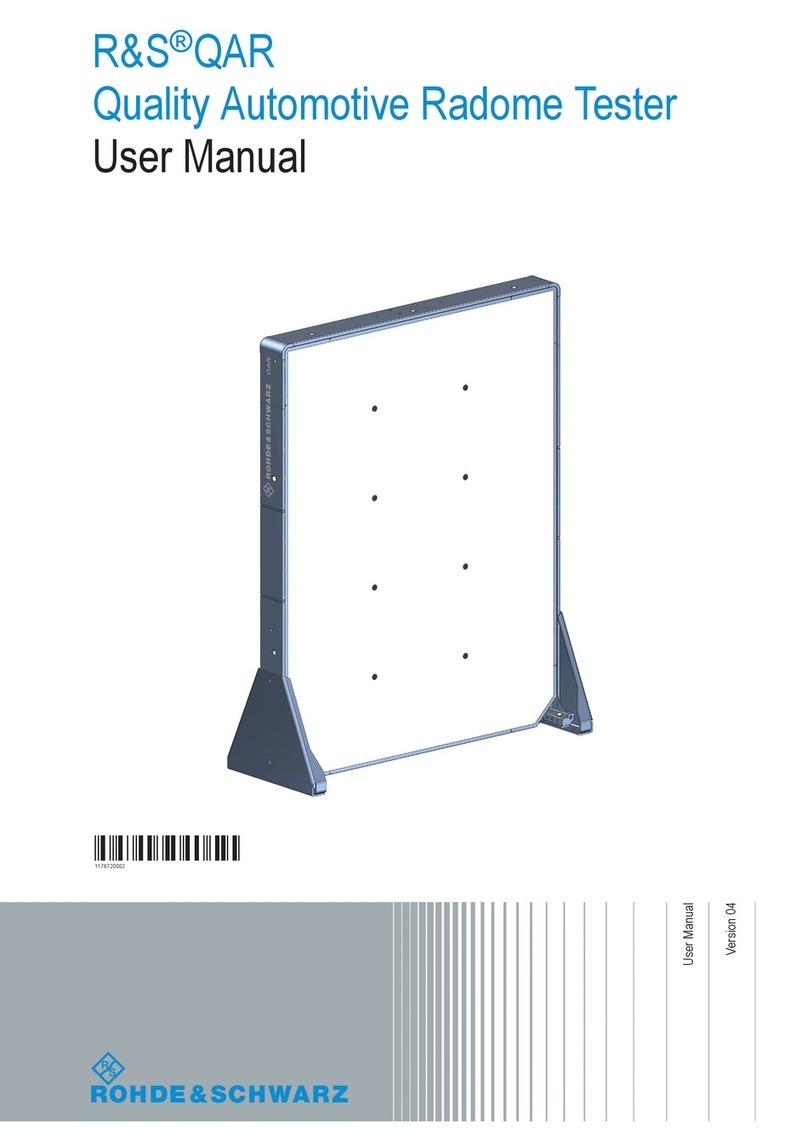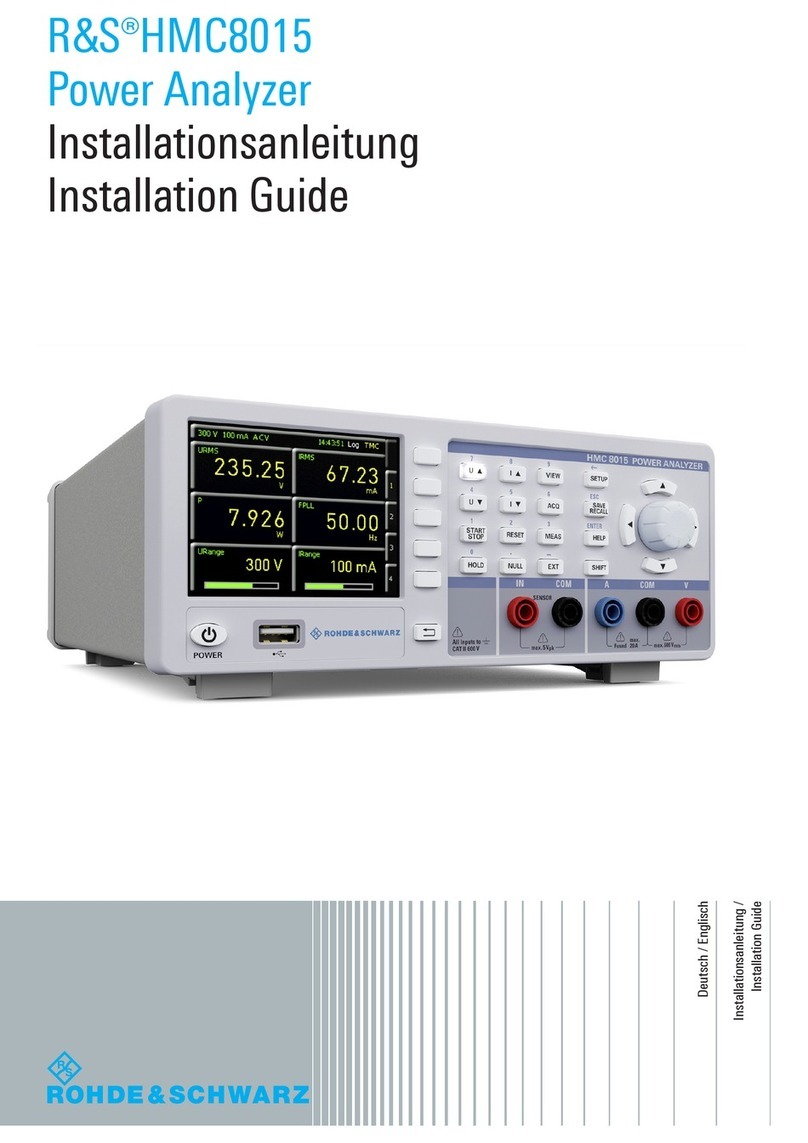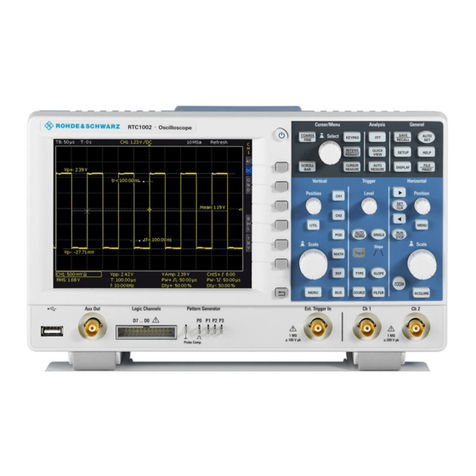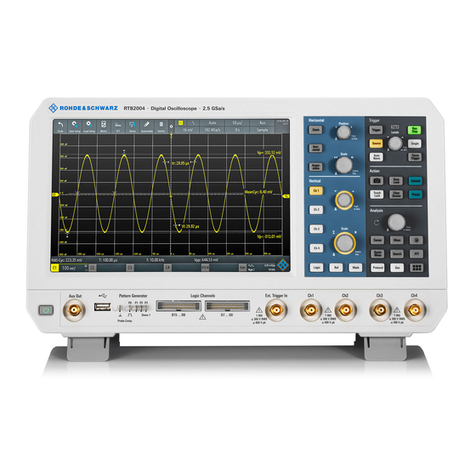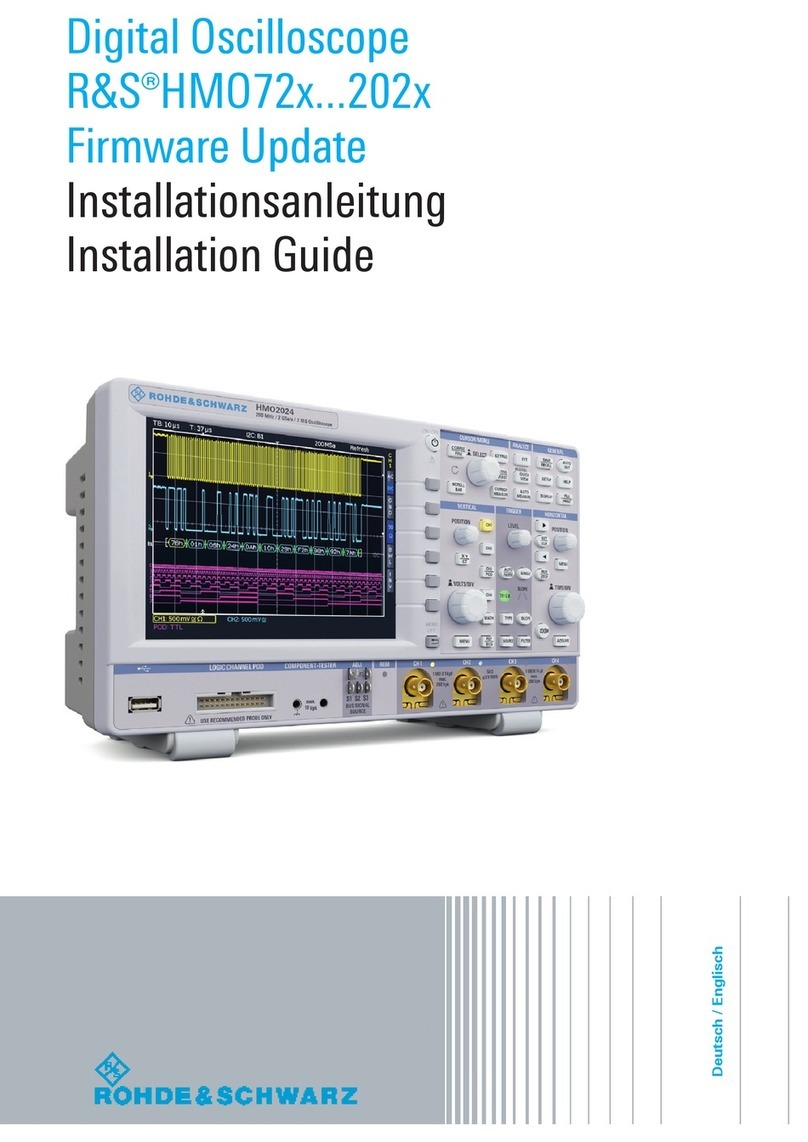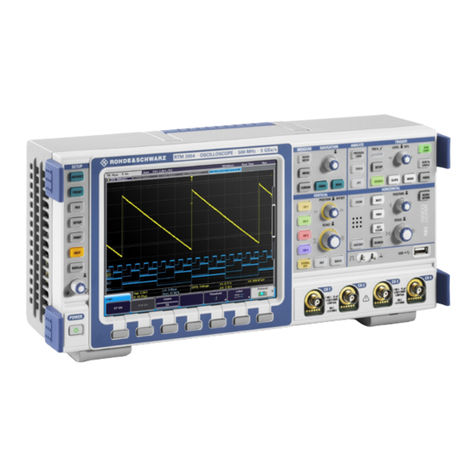
Contents
R&S®CMW-KM5xx/-KS5xx
4User Manual 1173.9628.02 ─ 22
2.2.21 RLC Throughput Measurement.....................................................................................87
2.3 Application Sheets......................................................................................................89
2.3.1 Combined Signal Path Measurements..........................................................................89
2.3.2 LTE IP-Based Data Tests............................................................................................. 93
2.3.3 VoLTE Call Setup and Audio Tests...............................................................................97
2.4 GUI Reference........................................................................................................... 108
2.4.1 Signaling View.............................................................................................................109
2.4.2 Signaling Control.........................................................................................................128
2.4.3 Using the Shortcut Softkeys........................................................................................132
2.4.4 General Settings......................................................................................................... 133
2.4.5 I/Q Settings................................................................................................................. 137
2.4.6 RF Settings................................................................................................................. 138
2.4.7 Internal Fading............................................................................................................ 145
2.4.8 Downlink Power Levels............................................................................................... 150
2.4.9 Uplink Power Control.................................................................................................. 153
2.4.10 Physical Cell Setup..................................................................................................... 160
2.4.11 Network Settings......................................................................................................... 165
2.4.12 Connection Configuration............................................................................................177
2.4.13 CQI Reporting............................................................................................................. 208
2.4.14 UE Measurement Report Settings.............................................................................. 211
2.4.15 Messaging (SMS) Parameters.................................................................................... 212
2.4.16 Shortcut Configuration................................................................................................ 216
2.4.17 Message Monitoring Settings......................................................................................216
2.4.18 BLER Measurement Configuration............................................................................. 217
2.4.19 RLC Throughput Measurement Configuration............................................................ 222
2.4.20 Annex: UE Capabilities............................................................................................... 224
2.5 Programming.............................................................................................................239
2.5.1 General Configuration................................................................................................. 239
2.5.2 BLER Tests................................................................................................................. 267
2.5.3 RLC Throughput Tests................................................................................................271
2.6 Command Reference................................................................................................ 272
2.6.1 Conventions and General Information........................................................................ 273
2.6.2 General Settings......................................................................................................... 278












